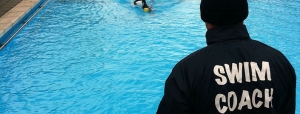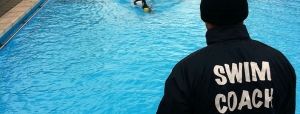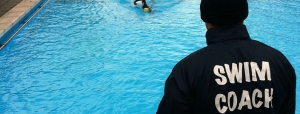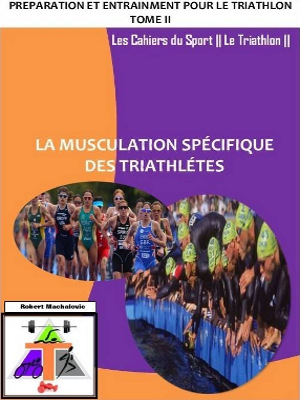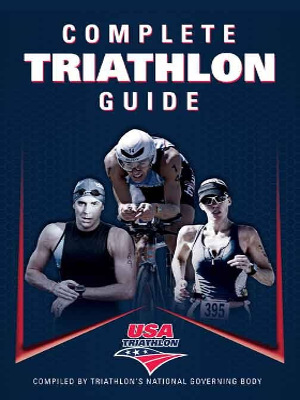Afficher les éléments par tag : sport
Periodization involves dividing the training plan into smaller parts using the terms mesocycle, macrocycle, and microcycle. These terms are used to establish a hierarchy of training within the overall program.
This approach is well established in practice in a wide range of endurance and power sports.
Mesocycle :
Mesocycle refers to a long-term training phase lasting several weeks to months. In swimming this represents the entire 12-20-week preparation for a major national or international competition. Most commonly, there are two mesocycles a year with peaks for the national swimming championships and then the major international competition (e.g., Olympics, Worlds, etc.) held later in the year (luly-September).
One of the fundamental principles that underpins the periodization of training is that volume of training is increased before the intensity of training. This principle applies to meso-, macro- , and microcycles alike. Most coaches are familiar with the concept that a foundation of aerobic fitness is established early in the mesocycle or competition season. After this initial period of increasing training volume to build endurance, the emphasis of training switches to the development of speed and anaerobic capacities. It is often observed that this base level of fitness can be reestablished fairly quickly (4-6 weeks) in those swimmers with an extensive training background. This has implications for older more mature swimmers who are returning after a break from training or competition. However, it is much more efficient for swimmers to maintain a basic fitness program during the off-season.
The contemporary model of preparing competitive swimmers in a given year is based on the following sequence of training and competition: preseason, early season, competitive season, taper, championship season, and recovery or off-season. For highly trained swimmers the competitive season usually takes the form of domestic competition or international competitions.
The championship season typically involves the national championships, often doubling as the national team selection trials, and then the major international competition for that particular year.
Once the competition schedule has been established, the training plan can be prepared with the goal of maximizing the performance of the swimmer for the competitive and championship seasons. For international swimmers, the entire season is typically 44-48 weeks in length with a short break permitted after completion of the championship season. The length of each of the different training phases will vary according to the individual circumstances of the swimmer, team, and coach. In recent years, the international swimming calendar has become more crowded and as a consequence the annual training plan has become more fragmented and complex.
Training by competitive swimmers typically consists of repeated bouts of shorter or longer intervals in a short-course or long-course pool. Intervals span a continuum from longer slower intervals (50-1600 m for developing aerobic or endurance fitness) to shorter faster intervals (15-200 m for developing anaerobic or race pace qualities). The basic prescription of interval training can be simplified to four primary variables: (i) the number of intervals or repeat efforts, (ii) the length/distance of the interval (15 m to continuous swimming), (iii) the intensity (i.e., pace or velocity) of the interval, and (iv) the rest period between intervals (variously formulated as the cycle time or rest period).
S'inscrire Pour Accéder à la Totalité du Site
Conseils Sports Coaching Formation

